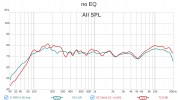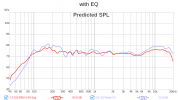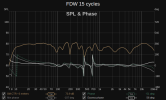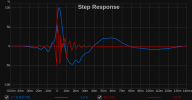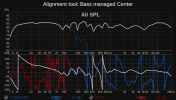Hasan Aydin
Member
When I want to equalize a Single Driver Speaker at the listening position (The Room is not treated perfectly but its symmetrical and very large). Should I use a Linear Phase EQ or Minimum Phase EQ?
Especially when the speaker itself has some resonances (peaks and dips) at higher frequencies.
Especially when the speaker itself has some resonances (peaks and dips) at higher frequencies.

